A History of Britain – in Freeze Frames
The whole school thoroughly enjoyed watching the Hobgoblin Theatre performance of A History of Britain this morning. It was very fun and very informative.
Year 5 and 6 were then lucky enough to attend a drama workshop from them which was equally fun and equally informative.
We warmed up…
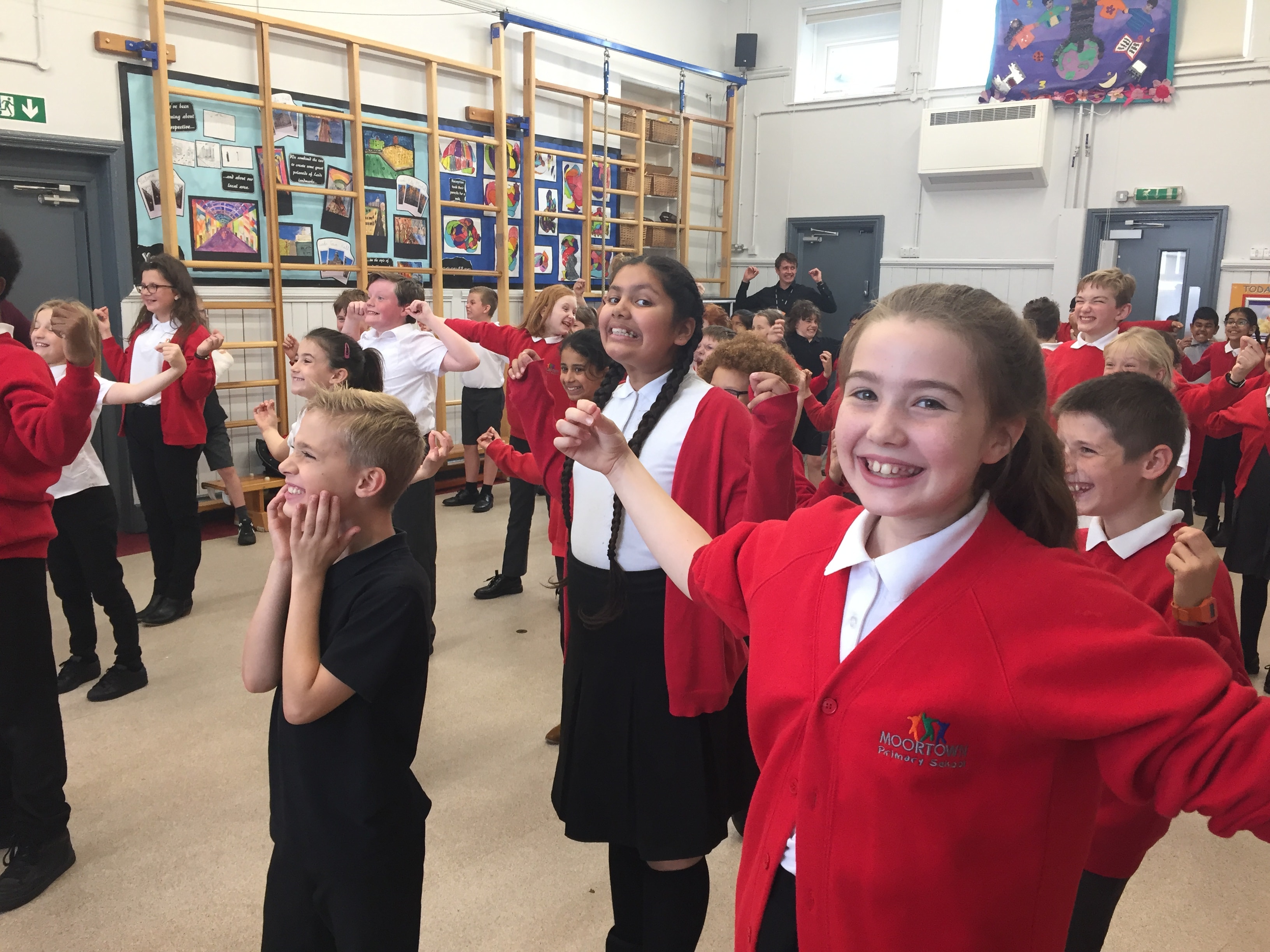
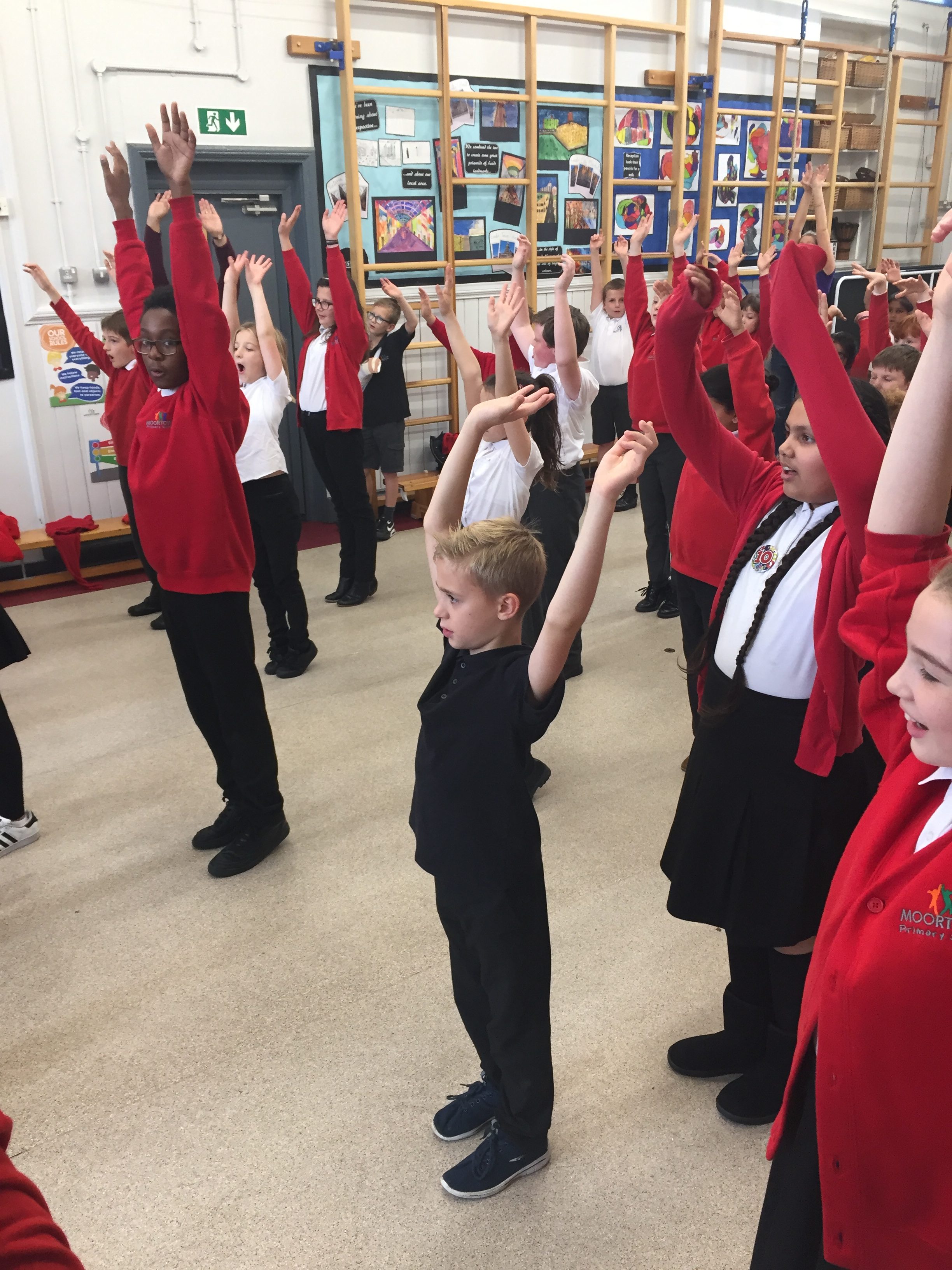
We moulded each other into people from different points in history…
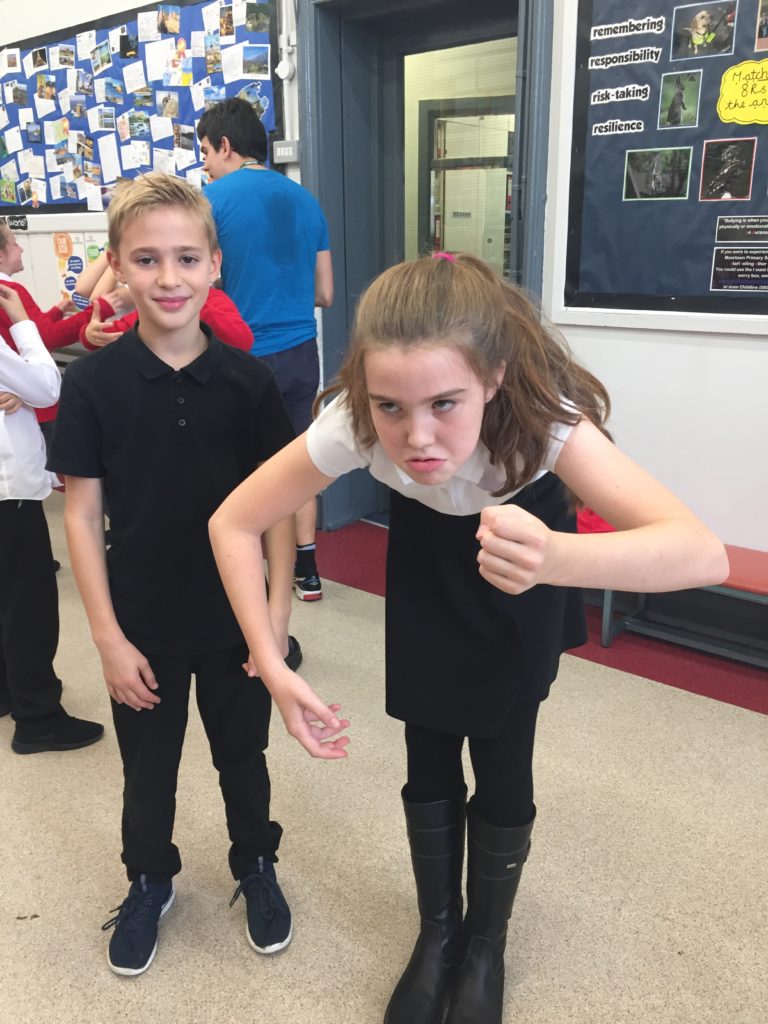
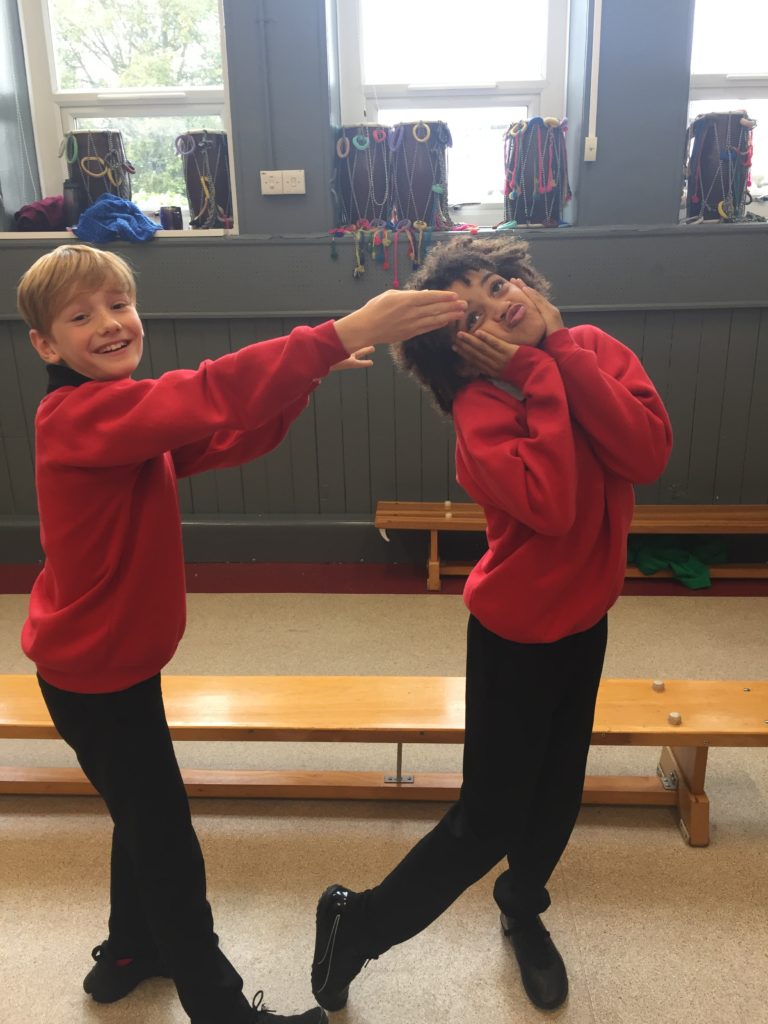
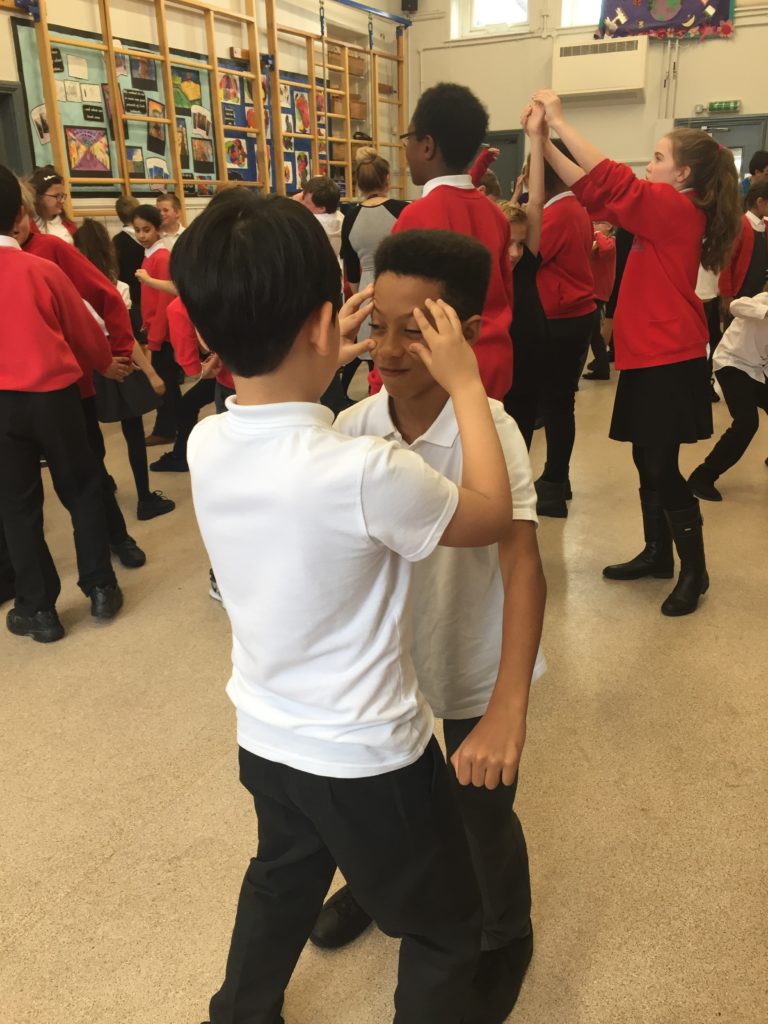 We got into groups and created tableaus of different events in history…
We got into groups and created tableaus of different events in history…
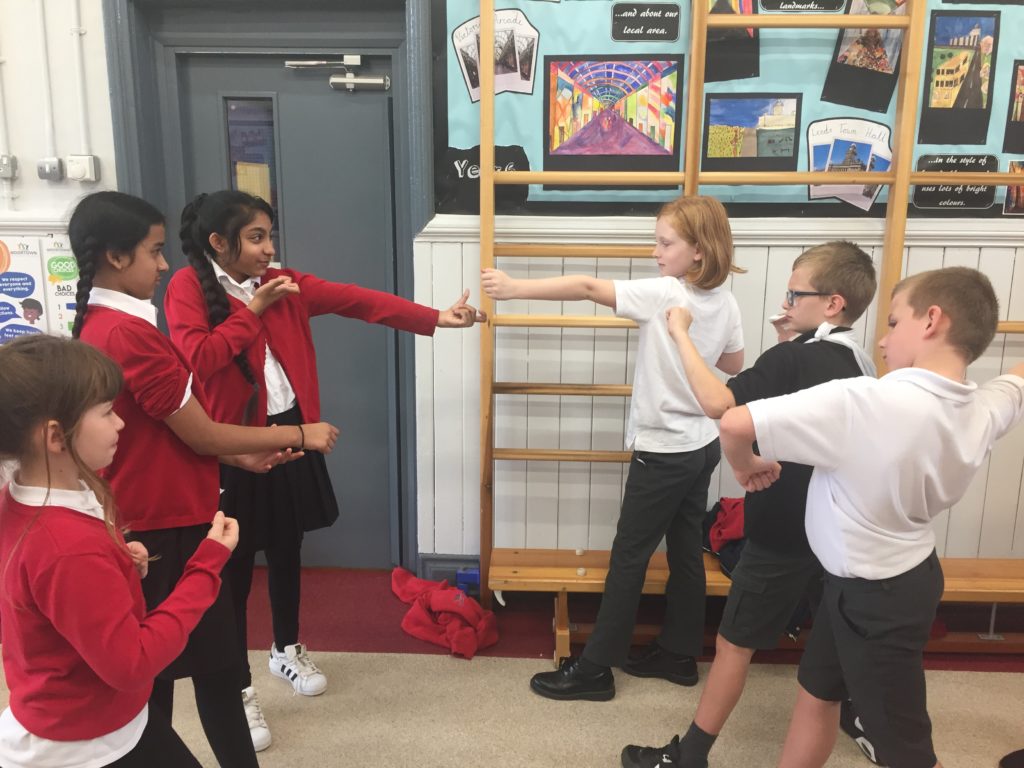
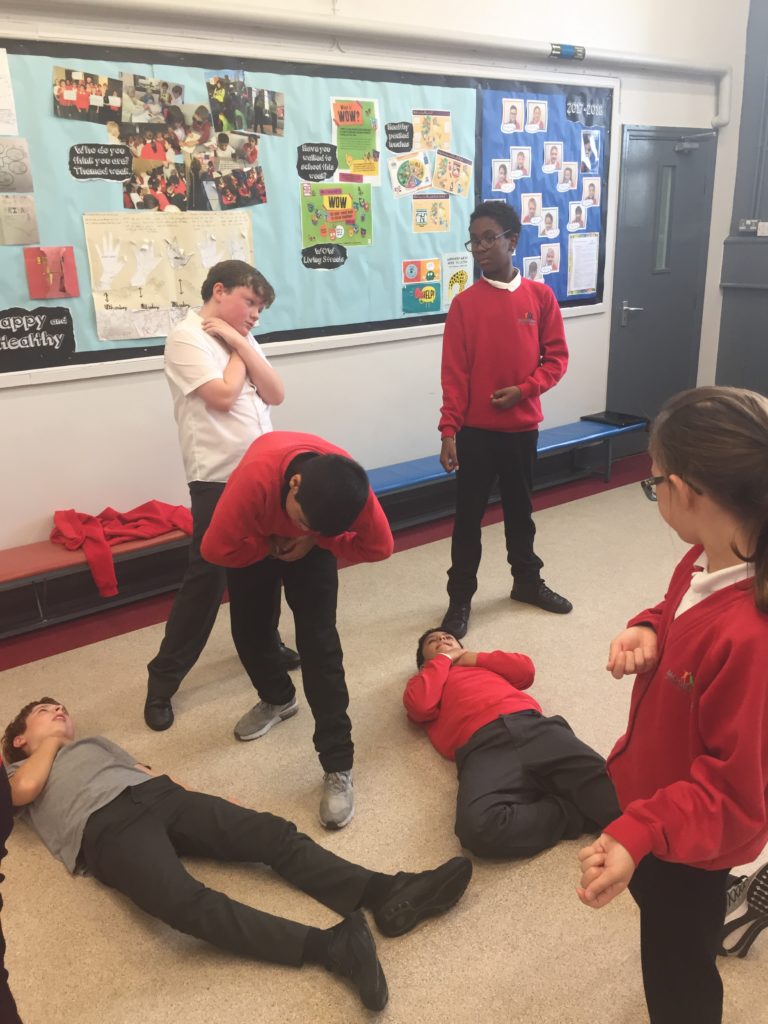
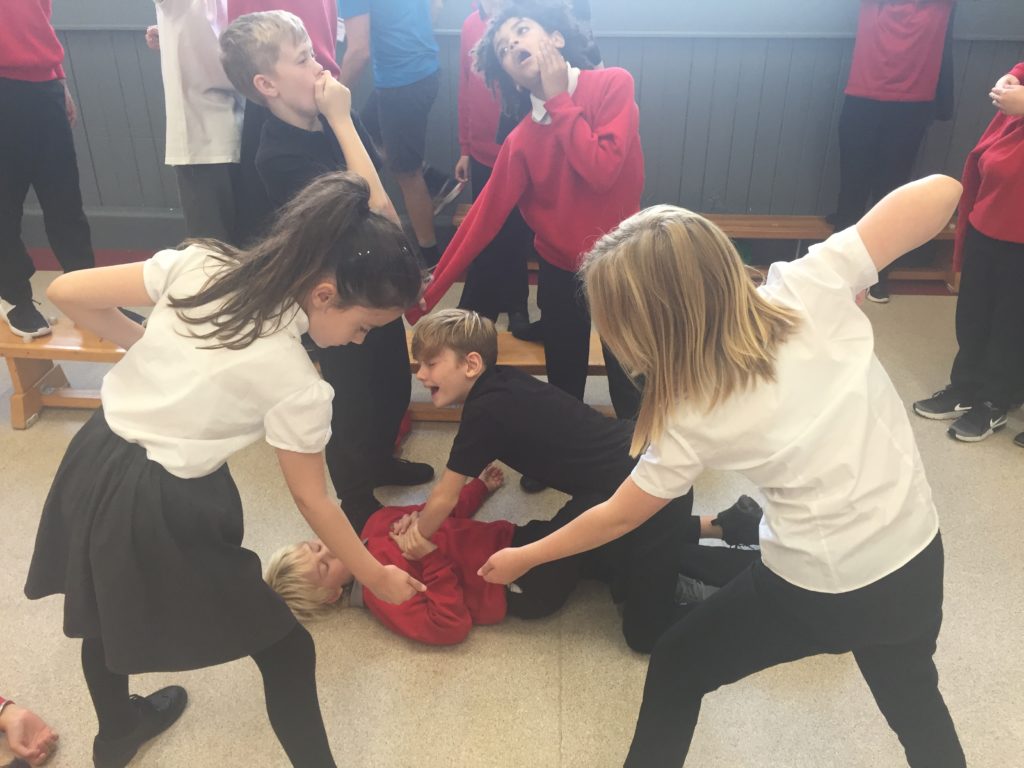
At home, ask us about the performance and about what we learnt about the history of Britain from it. You’ll be amazed!
Living and Learning
This week’s Rs of Learning are remember and reflect.
We played some memory games, discussing how our short and long term memory work and developing some techniques to enable us to remember more.
We reflect on our learning lots and we’re pretty good at it too. Take a look at the blob tree that we sometimes use and discuss it with your child at home.
- Which blob represents you getting up in the morning?
- Which blob represents you on a Saturday?
- Which blob represents you being told to tidy your room?

‘Wheely’ good fun in topic
We’ve gone way back in time this week, right back to the Stone Age when the wheel was first invented. Through our Reading, Writing and Topic lessons, we’ve learnt all about the wheel (and axel), made our own Lego chariots, and written some great instructions for how to make them.
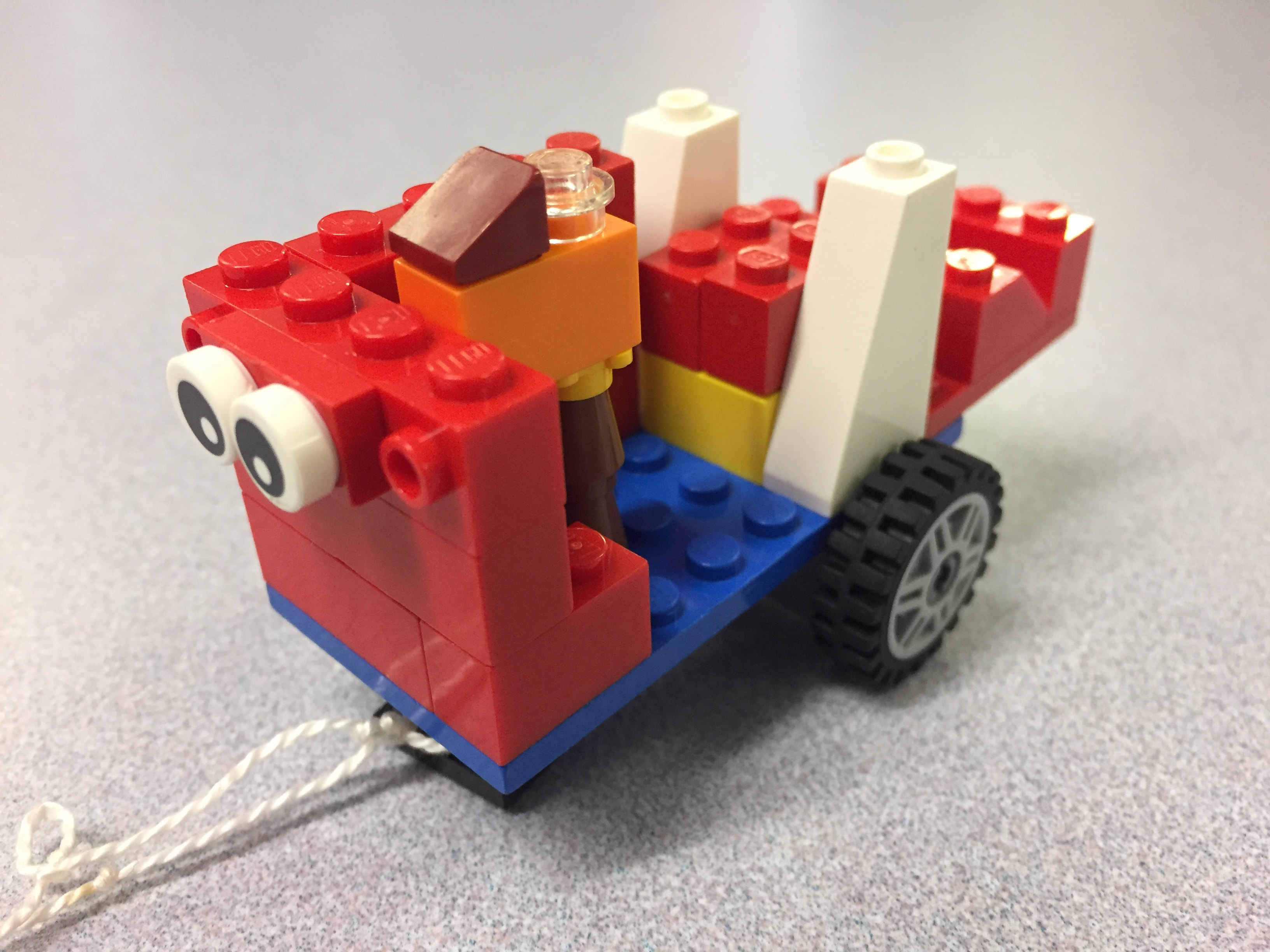
At home, ask us about the wheel and about our learning this week. It’s been really fun!
Bounce into basketball

School Savings Club
The School Savings Club paying in sessions for this year are at 3.15-3.45pm on the following dates (the penultimate Thursday of each half term).
- 18 October
- 13 December
- 07 February
- 21 March
- 16 May
- 11 July
If you’re unable to attend in person, please hand in any money to be deposited to the office in a sealed envelope addressed to Mrs Tiffany.
If your child would like to open an account, please ask at the office.
There is an extra incentive for pupils in Year 3 as Leeds City Council will add £10 to your child’s account.

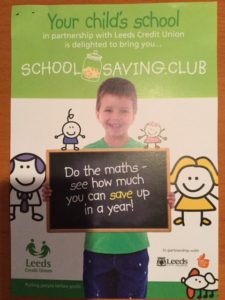
Road safety assembly
Anne, from Leeds City Council’s road safety team, delivered some great safety messages in our assembly this morning.
Can you remember the green cross code?
- Think!
- Stop!
- Look!
- Listen!
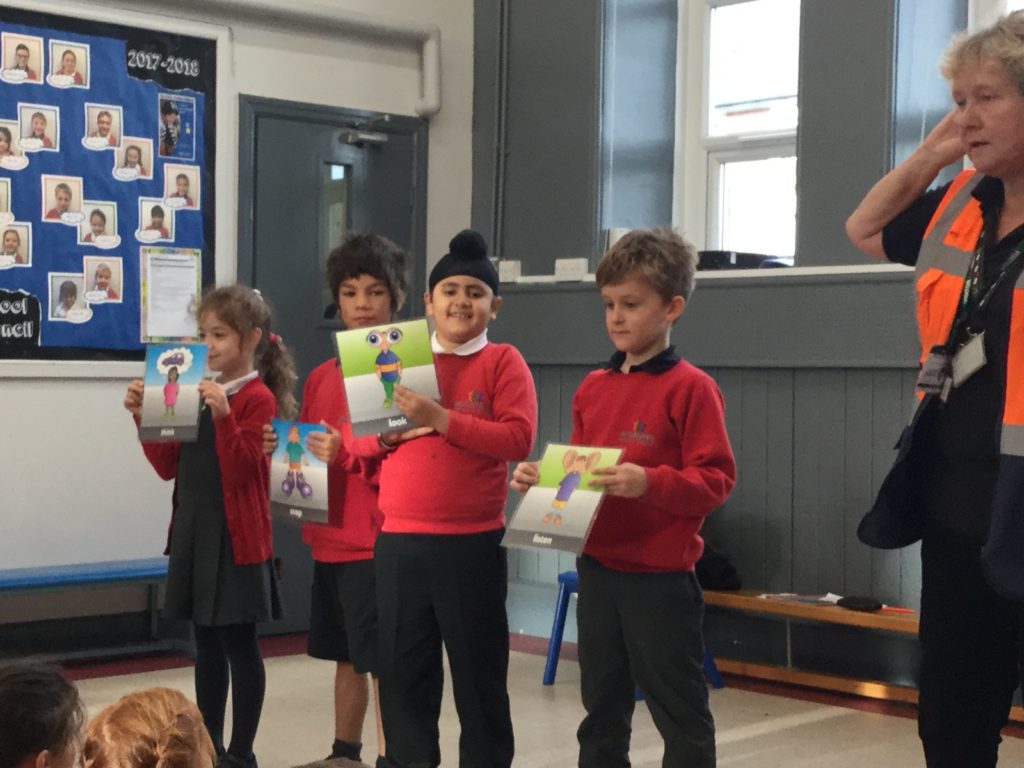
Mass park and stride
Thank you to all families who joined our mass park and stride this morning from Marks and Spencer. Special thanks as well to Leeds City Council road safety trainers, Dom Jacques and Living Streets representatives and especially Kerby for supporting this event to mark the start of International Walk to School month.
It was great to see so many families join the walk to school using Marks and Spencer to park their car rather than parking near the school gate.
Keep up those active journeys to school for a happy and healthy start to the day.




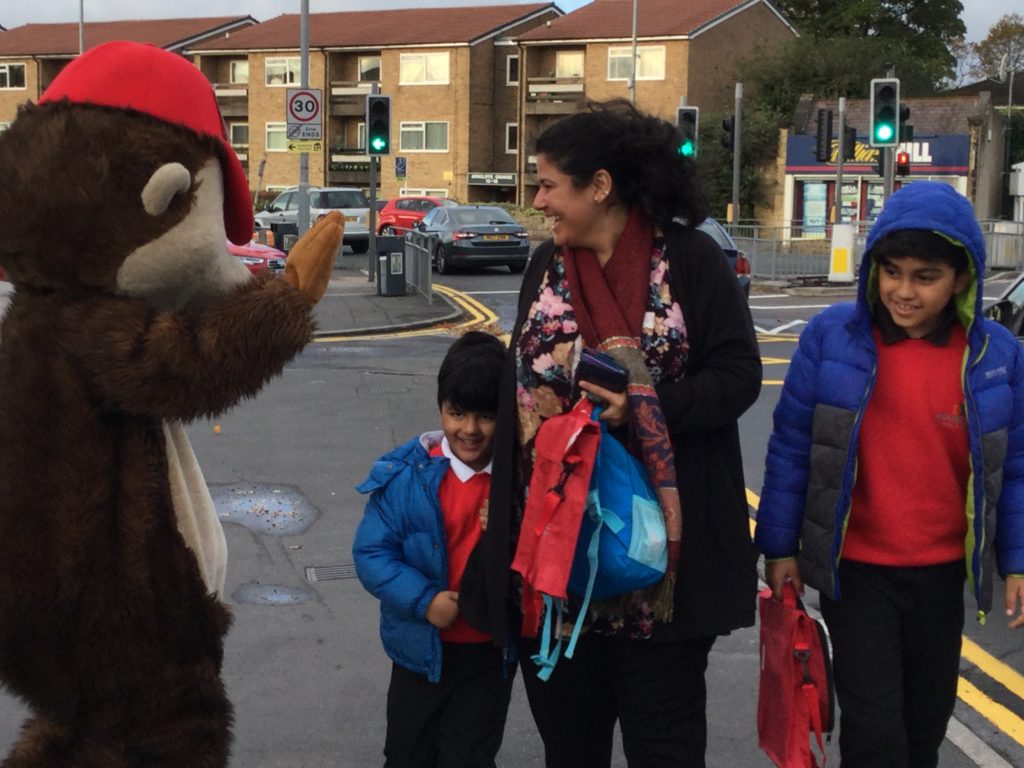




Start your day with an active journey
Today marks the start of International Walk to School month.
During October, we’re working alongside Living Streets to encourage families to travel in active ways to school. There are prize draws every week for children who have made active journeys to school (biking, scooting, walking or park and stride) with an added prize draw for those children who have made active journeys to school throughout October.
We realise that some families do need to come in the car to school so we are promoting Marks and Spencer car park (200 2 hour free spaces) as a place to park and then ‘stride’ the last part of the journey to school. This will avoid congestion at the school gate, improve health benefits to families and counts as an active journey.
Tomorrow, we will be working with Leeds City Council road safety trainers to deliver pedestrian training to Years 1, 2 and 3. Reception class will enjoy a class based safety session and Year 5 will be using the speed indicator device to check vehicle speeds in the 20mph zone outside school.
To start the day, join us for a mass park and stride meeting at Harrogate Road outside Marks and Spencer from 8:30am.
What? Mass Park and Stride
When? Tuesday 2nd October from 08:30am
Where? From Harrogate Road outside Marks and Spencer (200 free 2hr park and stride parking spaces)
Why? To encourage families to make active journeys to school and keep cars away from the school gates.
Who? Leeds City Council’s Road Safety Team, Kerby the road safety mascot, Living Streets representatives plus as many families as possible.
If you don’t come by car, join us on the route to school.
Spelling Practice
We’ve discussed what the expectations are for spelling practice today as this is a crucial part of our ability to improve with something that we all find difficult.
Here are some good examples of spelling practice to help the children know what to do for their homework.
Practising creatively will make it more enjoyable and encourages you to notice which parts of a word are tricky. There are lots of ideas in the back of your homework book for this.
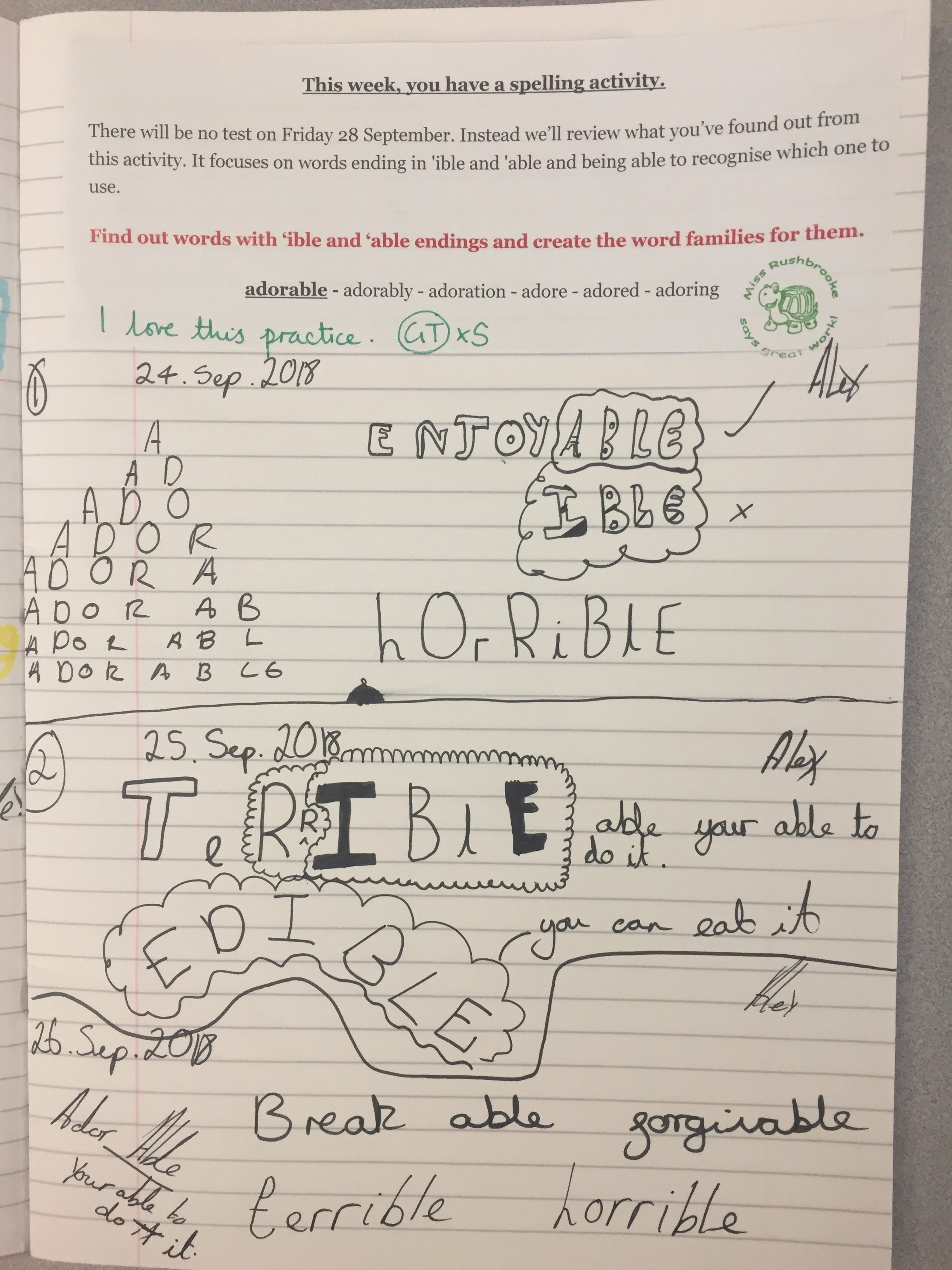
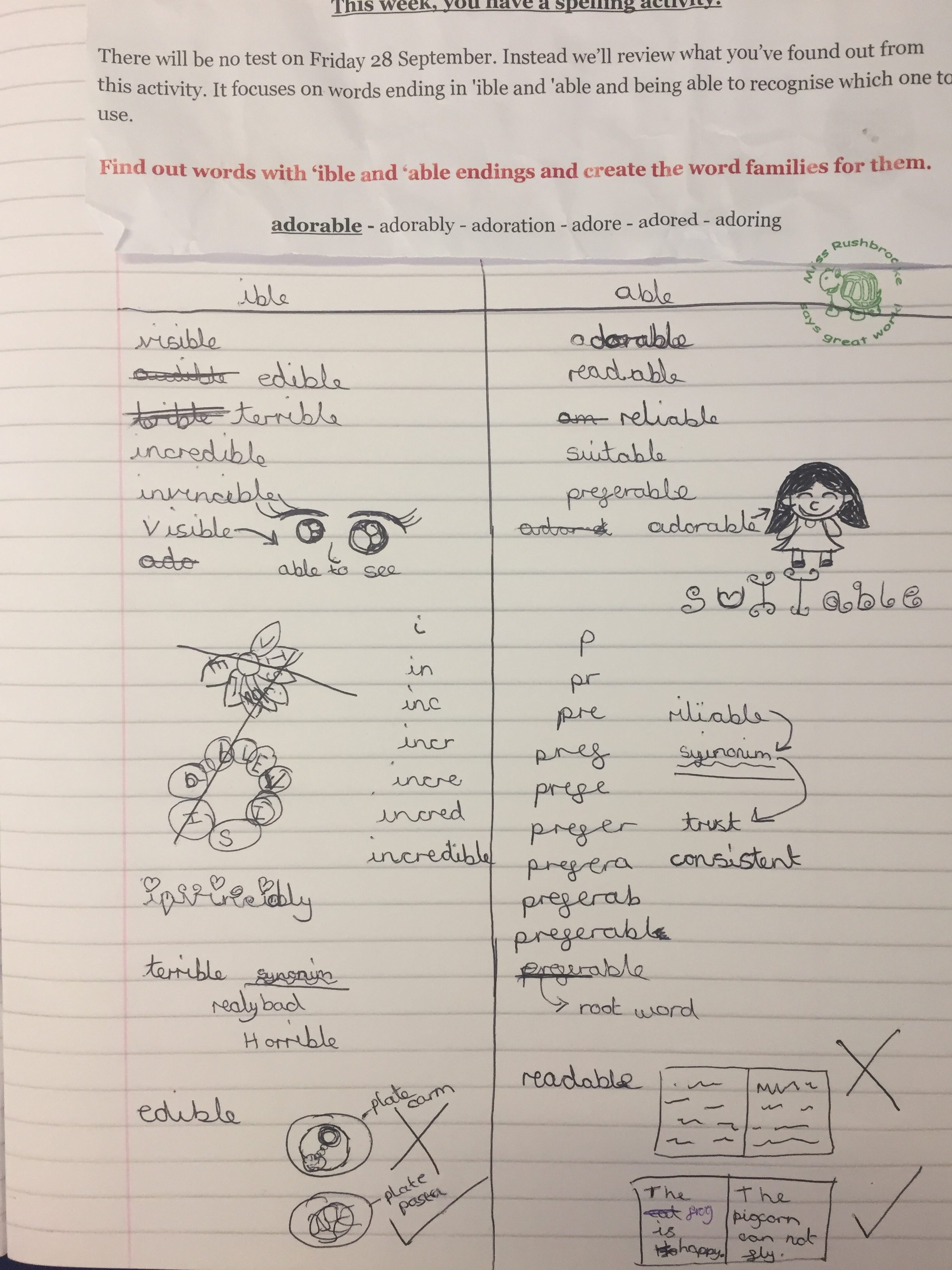
Make sure you follow the instruction if you’re given a spelling activity. The activity was to come up with –ible and –able words and then create word families for them. Rohan has followed that instruction.
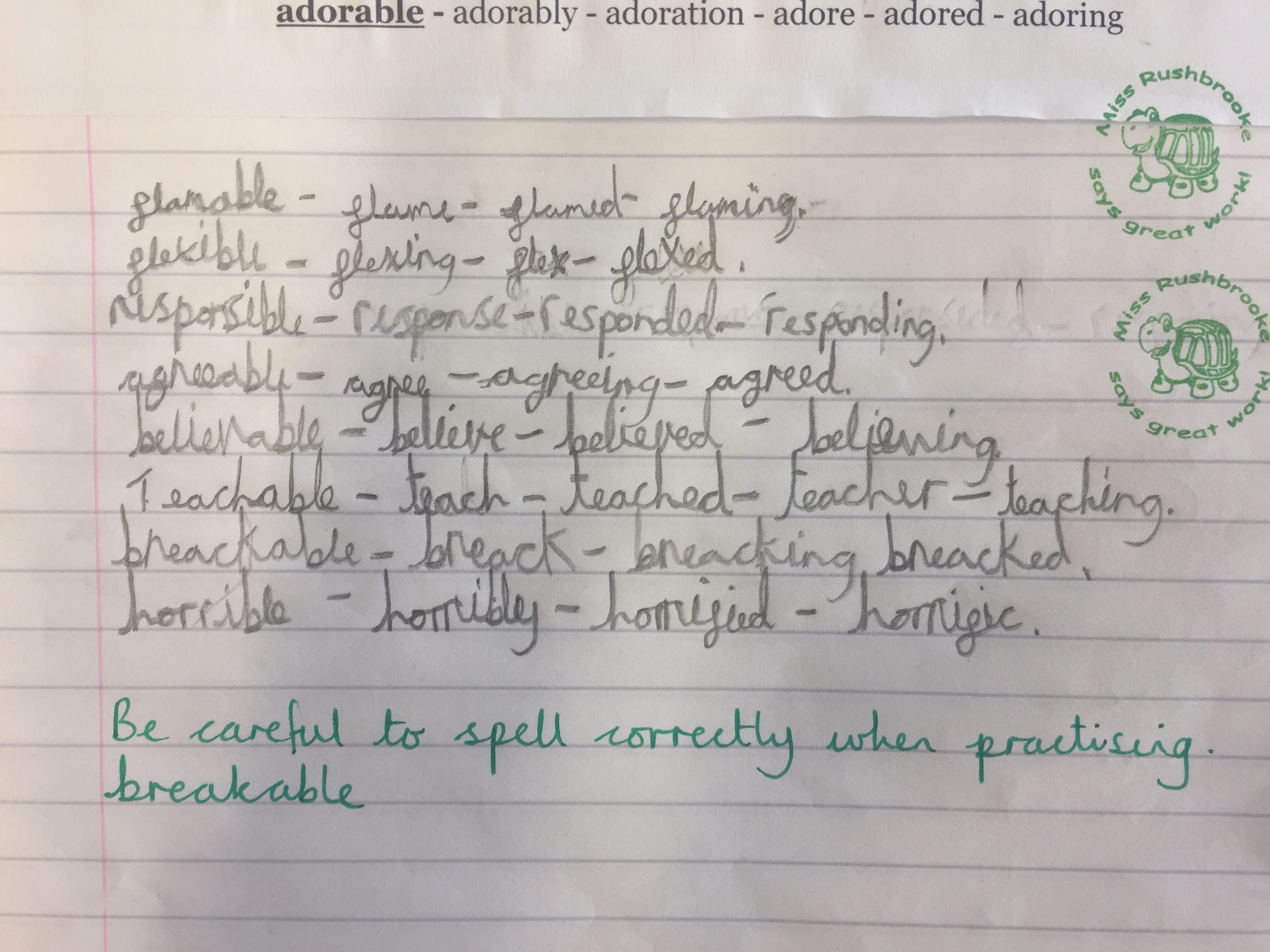
After-school clubs
Places are filling up for our after-school clubs starting next week.
We do have some places available on the following physical activity clubs. These clubs are subsidised using our PE Premium funding costing just £1 per week.
Monday
Volleyball
Have a try at a new sport. Led by Elaine Brown, Leeds Volleyball Club coach, come along to learn skills, develop team work and play competitive games on our volleyball court in the MUGA. This club finishes at 4.15pm. There is no session on Monday 22 October 2018. Open to Y3, Y4, Y5, Y6 Cost £7
Tuesday
Multi skills
Come and take part in a range of fun sporting games, challenges, matches and activities which include key motor skills such as throwing, catching, kicking, running, jumping, striking, Organised by Five Star Sports. This club finishes at 4.15pm. There is no session on Tuesday 23 October 2018 or Tuesday 27 November 2018. Open to Y1, Y2, Y3 Cost £6
Wednesday
Gymnastics
A fun way to keep fit while learning new skills. Organised by Leeds Gymnastics Club. This club finishes at 4.15pm. Open to Y1, Y2, Y3, Y4, Y5 Cost £8
Thursday
Wake Up Shake Up
Be ready to Wake it and Shake it at Mrs Charlesworth’s club. You’ll be swinging, shaking, moving and grooving your way to pop, rock, R’n’B and dance. This club finishes at 4.15pm. Open to Y3, Y4, Y5, Y6 Cost £8
How can I book a club?
Booking for after-school clubs is via School Gateway. Please contact the office if you need any assistance making a booking. Payment is due at the time of booking.